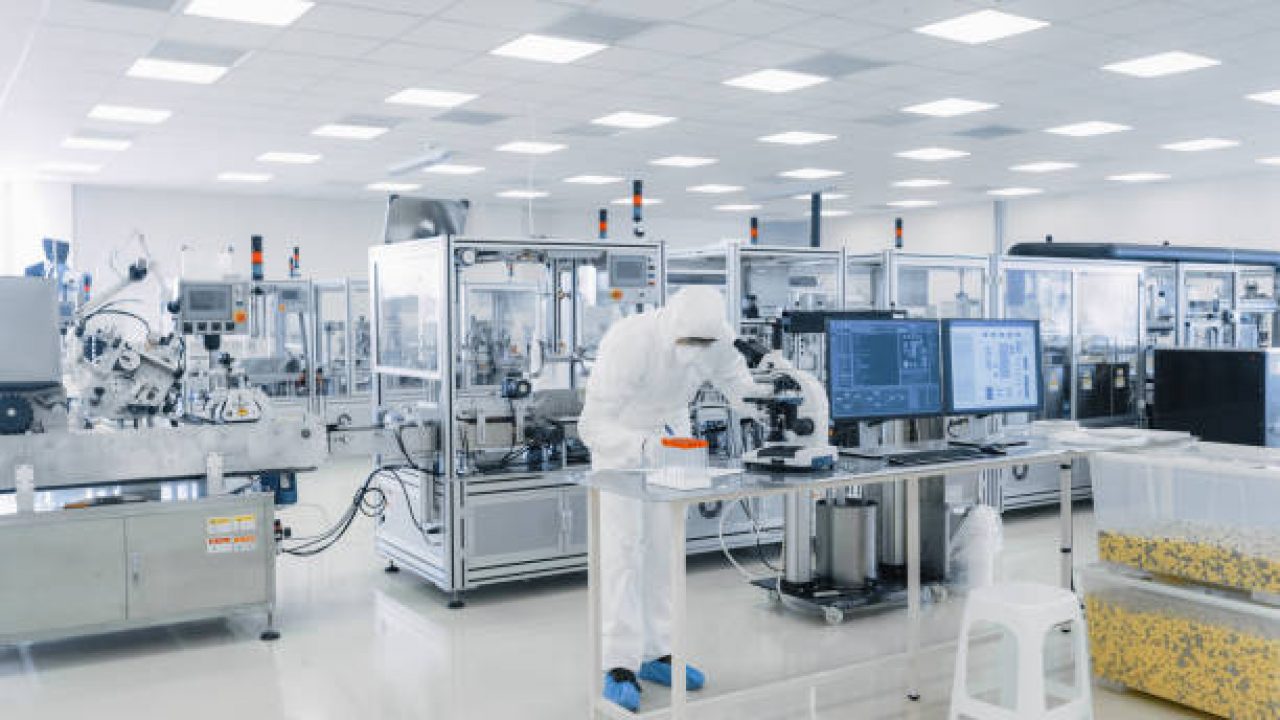Table of Contents
Introduction
Each pharmaceutical company has an outstanding profit share and it is quite difficult to predict the company’s earnings precisely. To comprehend the margin, we must first understand the company’s business operations. The majority of business factors are linked to one another, and their profits are influenced by various criteria such as their brand value, quality, price, availability, corporate status, business practices, and so on.
The profit share in the PCD Pharma franchise Company in India is affected by the distribution network. A basic distribution channel in any pharmaceutical company consists of a manufacturing company, marketing Company, C&F agents, Stockist, Distributor/wholesaler, Retail pharmacy.
What is Profit Margin?
The profit margin determines how profitable a firm or commercial activity is. It shows what proportion of sales has resulted in earnings. There’s a high cost of the sales force and marketing costs, the gross profit margin of a pharmaceutical firm can reach 500 percent, while the average net profit margin is 30-50 percent.
Factors affecting profit margin
Product Pricing
The important variable influencing pharmaceutical business economics and price is patent protection. Drug development involves substantial upfront expenses due to the high cost of research. The relation between patent-protected brands and generic medications determines the pharmaceutical price. To achieve a good profit margin, the product pricing is done under these factors:
1. Pricing for Value around the research of the drugs by
- identifying the most important value drivers for certain uses and conditions,
- evaluating the product’s worth about key value drivers,
- comparing the worth of the product to that of competitors
- and ultimately finding and busting clinical roadblocks to prescribing
2. Market Access, Pricing, and Reimbursement
- Developing potential product assessment procedures
- Identifying important decision-makers
- Developing an optimum approach for gaining market access in several markets
- Understanding the link between price and volume depending on access and prescribing
- Determine the best price per nation and implement a sequencing or global pricing strategy.
Branded Drugs
A patent protects a new medicine product when it is produced and first launched, preventing other firms from releasing a comparable product. These are referred to as “branded” medications.
Manufacturers of branded medications are in charge of research and development, filing for regulatory approval, and selling authorized goods. The income produced from the sales of patented medications is used by branded product manufacturers to reimburse the expenses of producing such drugs and to assist support the research of new drugs.
The income earned is rather excellent, given it comprises a reasonable amount of money spent on branded medicine research and development. Thus, the profit margin brought from branded drugs is based on the research and development cost for the making of the drugs.
Total sales of the company
A Pharma company can draw a good profit margin from total sales of the company by employing methods proven to work –
- Cross-selling and up selling should be prioritized
Up selling and cross-selling are golden guidelines for increasing revenue in the Pharma business. Employees trained to recommend complementary products to clients by assessing where they will fit best are a good tactic. For example, recommending a multivitamin in addition to flu medication. It will assist in up selling as well as providing a more costly version of the same item. These strategies will not only improve the client experience but will also increase revenue for the pharmacy.
- Cross-company standardization and strategic industry relationships
Pharmaceutical firms’ strategic engagement in external industry alliances can assist to simplify and optimize operations in ways that a single business cannot. The majority of Pharma CEOs say there is a pressing need to significantly boost the number of creative new medications while reducing inefficiencies that drive up R&D expenses.
The efficiency of the company
Advanced analytics, sensors, and complex decision automation have the potential to transform the efficiency, speed, quality, and responsiveness of corporate operations across the Pharma industry. Pharmaceutical companies need to implement next-generation technology to simplify their business operations to flourish in a digital environment. They must satisfy increased efficiency and agility demands from customers, workers, patients, and suppliers, as well as attain near real-time transparency of their clinical-trials portfolio in R&D and frictionless sales and operations planning in the supply chain.
Two effective ways to increase the efficiency of the company are:
1. Business Process Management – It may help pharmaceutical firms increase efficiency by a mix of process improvement, standardization, and technological automation.
2. Lean process improvement – It is an approach centered on removing “non-value adding” tasks. The strategy has been shown to improve operational efficiency while lowering expenses. It can help Pharma laboratories increase workplace efficiency by focusing on reducing superfluous procedures and speeding up specific operations to minimize cycle times.
Number of Production Unit
The Pharmaceutical industry deals with all the medication research, development, manufacture and distribution are all handled. Pharma revenues globally totaled 1.27 trillion US dollars in 2020, representing tremendous growth over the previous two decades.
The worldwide Pharma industry is expected to boom at a compound annual growth rate of 1.8 percent. Companies equipped to deal with roadblocks brought by the pandemic and is estimated to reach $1700.97 billion in 2025 with an annual growth rate of 8%.
Conclusion
The pharmaceutical industry’s fundamentals are solid. High demand is being created by a rising and aging population with major unmet requirements. Novel technologies are emerging that have the potential to transform how new medications and devices are produced, tested, and sold, as well as how pharmaceutical businesses communicate with their consumers. Several factors result to profit margin which can be tricky. We discussed some vital factors for achieving profit margin in the pharmaceutical industry; hope it clears your doubts!






